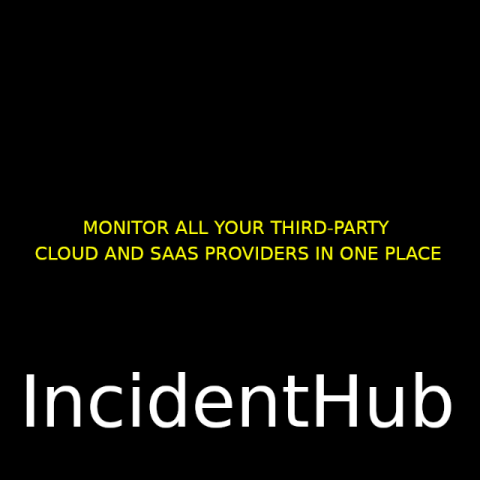A Step by Step Guide to Checking if a SaaS is Down
Modern businesses depend heavily on Software as a Service (SaaS). Almost all aspects of business operations - accounting, HR, payroll, marketing, IT, sales, support - depend on one or more SaaS applications. SaaS is not limited to being used by software development teams. Given this dependency on SaaS applications, their uptime becomes tightly tied to a business's uptime. Any SaaS downtime can affect both a business's daily operations as well as the user experience.











